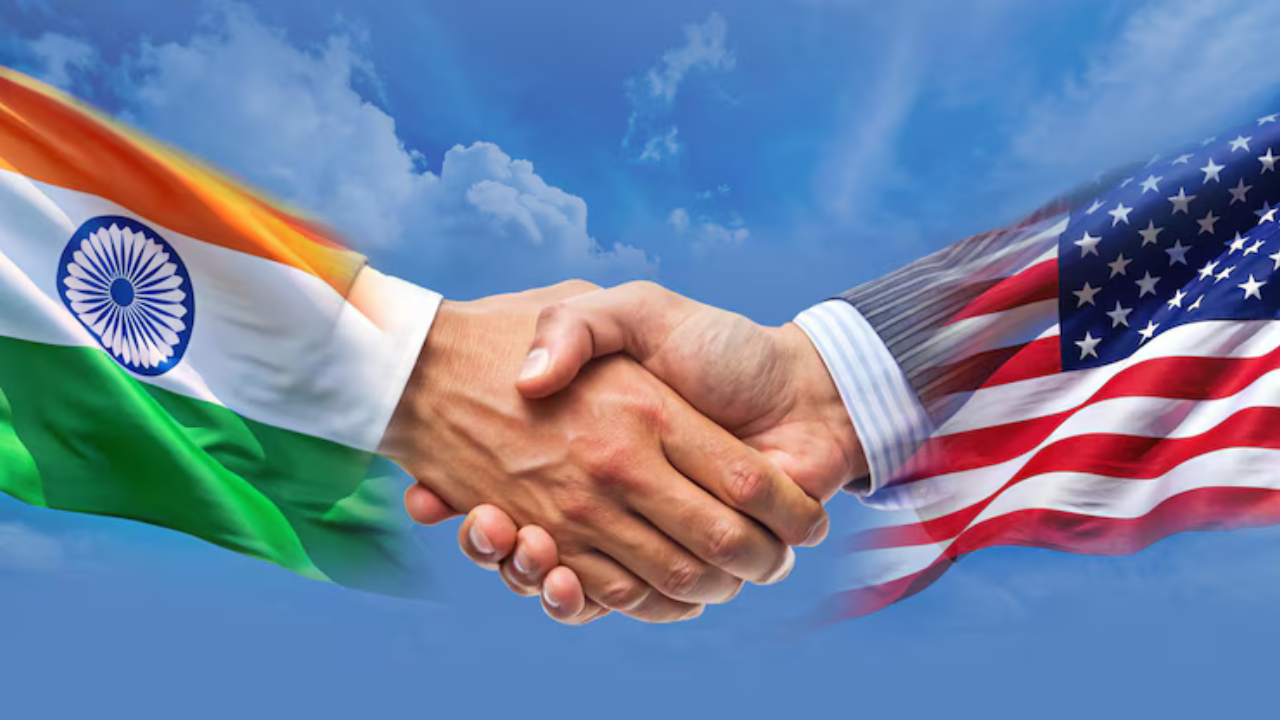US-India Trade Deal: A Potential Boost for Indian Exports
US-India Trade Deal: A Potential Boost for Indian Exports is more than just a means of exchanging goods; it’s a vital lifeline for economies striving to innovate, grow, and prosper. The prospective trade deal between the United States and India stands as a promising opportunity, not just for the two nations involved but also for the larger global economy. But what does this deal mean for Indian exports? In this article, we’ll explore the intricacies of the US-India trade relationship and what this potential deal could usher in for Indian businesses.
Understanding the Current Trade Landscape
India has long been a significant player in global trade, with exports ranging from textiles and software services to pharmaceuticals and agricultural products. The United States, being one of India’s largest trading partners, plays a pivotal role in shaping India’s export landscape.
Current Trade Figures
Exports to the US: In the fiscal year 2020-2021, India exported goods worth approximately $50 billion to the US.
Major Export Categories
- Textiles and Apparel: Comprising a significant chunk, textile exports reflect India’s long-standing craftsmanship.
- Pharmaceuticals: With a reputation for producing affordable medicines, India is a global leader in this sector.
- IT Services: Indian IT firms have become the backbone for many US companies, contributing to the tech landscape both countries thrive in.
Understanding these facts sets the stage for recognizing how a new trade agreement could exponentially benefit Indian exports.
Potential Gains from a US-India Trade Deal
A flourishing trade relationship can unlock numerous benefits for Indian exporters. Here are some potential gains associated with this anticipated agreement:
Boosting Market Access
“Easier access to the US market can pave the way for Indian products to reach millions of consumers.”
1. Reduced Tariffs: Lowering or eliminating tariffs can make Indian products more competitive in the US market. For instance, if tariffs on textile and agricultural products are cut, Indian producers might secure a larger share of the American consumers’ wallets.
2. Enhanced Distribution Networks: Collaborative efforts between US and Indian companies can lead to improved logistics and distribution strategies, thus ensuring products reach consumers more efficiently.
3. Regulatory Harmonization: Efforts to align regulations between the two nations can ease the burden of compliance, making it simpler for Indian exporters to access the American market.
Expansion of Opportunities for SMEs
Small and medium-sized enterprises (SMEs) form the backbone of the Indian economy, and a US-India trade deal could mean:
Access to New Technologies: By collaborating with American firms, Indian SMEs can adopt advanced technologies that boost production efficiency and product quality.
Funding Opportunities: US investors might be more inclined to fund Indian businesses, opening doors to greater financial resources.
Strengthening Economic Ties
Beyond immediate benefits for exports, a trade deal could foster a deeper partnership between the two nations:
Cultural Exchange: As trade increases, so will the exchange of ideas and cultural practices, enhancing mutual understanding and cooperation.
Strategic Alliances: Economic collaboration can lead to strategic political alliances, reinforcing both countries’ positions in global affairs.
Challenges Ahead
However, it’s not all smooth sailing. There are challenges that both countries need to address for this trade deal to be successful.
Navigating Domestic Politics
1. Political Opposition: Both nations have their share of industries that could be adversely affected by increased competition. Addressing these concerns will be vital to ensure broad support for the deal.
2. Labor Concerns: In India, there might be apprehensions about job losses in certain sectors due to increased competition from US imports, necessitating measures for workforce reskilling.
Ensuring Fair Trade Practices
Intellectual Property Rights: The US places great emphasis on protecting intellectual property. India must ensure that its norms align with these expectations, which could sometimes clash with local practices.
Quality Standards: Adhering to US quality benchmarks will be crucial for Indian exporters. This might require additional training and investment in quality control processes.
Conclusion
The prospective US-India trade deal presents an exciting opportunity for Indian exporters to tap into one of the world’s largest markets. By addressing the challenges and understanding the potential gains, India can position itself for significant economic growth.
As we await developments in this trade negotiation, individuals and businesses can prepare by investing in skills training, adopting new technologies, and exploring innovative ways to improve product quality. The road ahead might have its hurdles, but the potential for a prosperous partnership is worth striving for. The question remains—are we ready to embrace the changes that a US-India trade deal could bring?
For further reading on the dynamics of US-India trade relationships and their impact on global markets, visit [World Bank’s Trade Report] (https://www.worldbank.org/en/research) or explore [India’s Ministry of Commerce and Industry](https://commerce.gov.in/) for the latest updates on trade policies.
